'We used to get coal for our new mums'
By Jane Elliott Health reporter, BBC News
Mona Williams, now 90, trained as a midwife in 1948
When the NHS first started out the business of delivering babies was just one part of the midwife's role.
Mona Williams, now aged 90, recalls that one of the areas where she worked, Duckinfield, near Manchester, was extremely poor and she and colleagues had to care for the mother's social as well as her medical needs.
"Everything was still rationed in the early 1950's and we had to carry special certificates to make sure the women got what they needed like coal," she said.
However, the NHS undoubtedly represented a upturn in the fortunes of Mona's poorest patients.
Before July 1948 mothers wishing to have a doctor in attendance at childbirth had to pay not only his fee, but also for any medicine they required.
Some patients were a bit demanding at first
Mona Williams
With the advent of the NHS, medical care and treatments were to be provided free of charge.
Mona recalls that some patients expected a bit too much from the service.
She said: "Some patients were a bit demanding at first.
"They did not understand that the NHS was ultimately paid from their taxes.
"They would ask for prescriptions for this and that. Some hospital-booked patients would even ask for ambulances to take them to hospital when they did not need them.
MONA WILLIAMS
Born 1 February 1918, Carmarthen, Wales
Before the NHS qualified as a State Registered Nurse (SRN) in 1943
Midwife - County Midwife for Cheshire County Council in December 1949
Retired 1978
"They were supposed to provide their own transport to hospital, provided the mother was not in progressive labour.
"But lots of them would ring the ambulance as soon as the mother went into labour and then they would be waiting for hours in hospital.
"They demanded much from the NHS - but you can't provide everything."
Initially, Mona recalls, most NHS deliveries were done at home, but that over the years more women gave birth in hospital.
She loved her career and treasured her uniform - so much so that she kept her greatcoat when she retired - it is still a treasured memento today.
"It was a very smart uniform and it made me feel proud to be a midwife," she said.
"We had a dark grey woollen coat in the winter with a rim of blue on the collar and buttons with SCM (state certified midwife) on them and in the summer we had a lightweight grey serge coat.
FIND OUT MORE
As the NHS turns 60, BBC News is giving it a health check. Watch out for reports, features and analysis on TV, radio and the web.
"We wore a light blue dress in cotton with a starched apron and we always wore a gown for work to prevent cross-infection.
"We used a separate, clean gown for each patient."
They had to do all their own laundry - Mona's mother did hers.
Life under the NHS
But she recalls that the masks that she and her colleagues wore were discarded after fears they were causing cross infections.
Mona was a fully qualified State Registered Nurse (SRN) and nursed throughout the Second World War.
Just three months after the inception of the NHS she started her midwifery training in October 1948.
Mona encouraged siblings to get involved
Mona, who lives in Porthcawl, Wales, recalls that the NHS meant benefits for both patients and staff.
"There was no change in the pattern of work," she said.
"But the difference was that our hospitals now became NHS hospitals, previously they had relied on either voluntary donations or municipality funding.
"Our pay was transferred to the NHS scheme as well and there was an improvement in the pay.
"Previously the pay had been poor. When I first started, before the war, my annual salary was just £20 a year, in pre-decimalisation terms.
"Under the NHS I received £8 a month while doing my midwife training, which left me £4 a month to live on, but this went up to £24 when I qualified.
"The money did not bother me at all though. I was just happy doing what I was doing."
Long bike rides
When Mona first started as a midwife she bought and learnt to ride a bike to cover her very large patch around the industrial areas of Cheshire.
"I had to learn to cycle otherwise I would have to walk," she said.
Mona with two girls born on Coronation Day 1953
"I was on my bike in all weathers and it was sometimes very cold.
It was not until a number of years later that Mona learnt to drive and was given the restricted use of a company car.
"But it was very tantalising because I could only use it for work so I had to save up and buy my own."
Despite working incredibly hard, Mona says she has extremely fond memories of her job.
"I really enjoyed it. Babies are so marvellous. Everything about them is perfect," she said.
Mona said that at the final annual audit of her register of cases, when she retired in 1978, the number of her midwifery entries amounted to 7,000 plus.
Saturday, July 5, 2008
Subscribe to:
Post Comments (Atom)


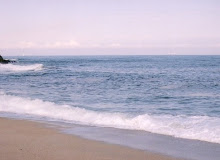





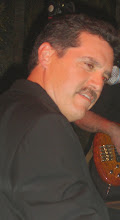





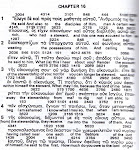

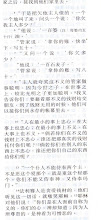






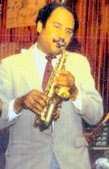







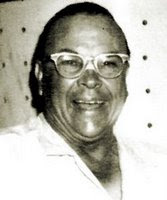




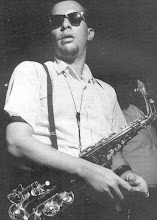

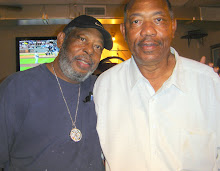


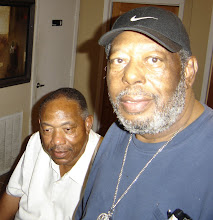













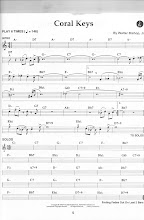

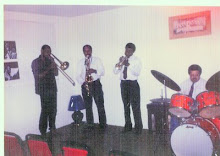






No comments:
Post a Comment